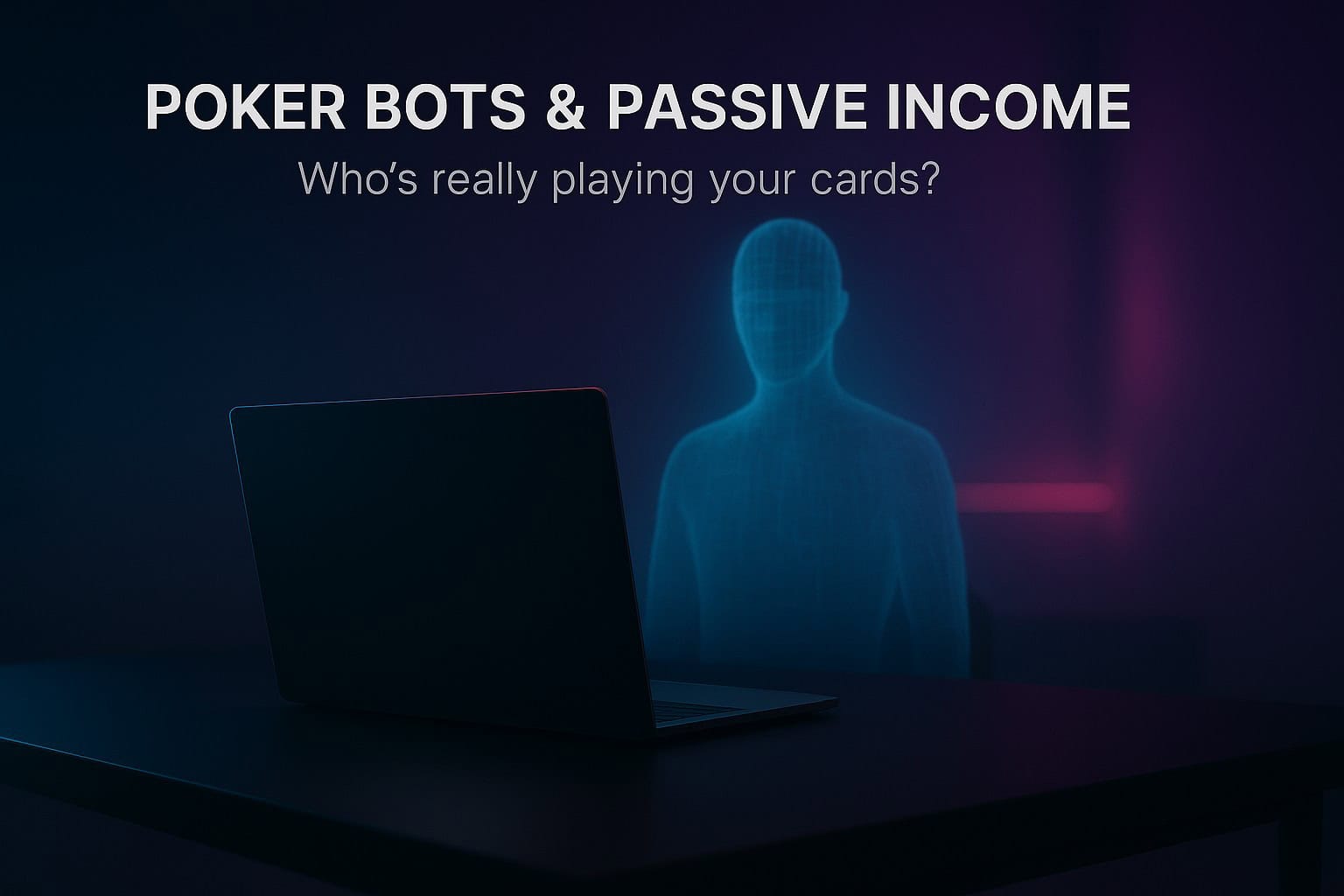
Poker Bots & Passive Income: Is It Worth the Risk?
It sounds almost too good to be true.
Set up a poker bot. Let it grind online tables 24/7. Watch the profits roll in while you sleep.
Welcome to the dream of poker bots passive income—a seductive blend of automation, game theory, and digital arbitrage.
But how real is it?
In this article, we’ll explore how people are using AI-driven poker bots to generate income, the technology behind them, the risks (both ethical and technical), and whether this path is viable—or a trap with flashing lights.
What Are Poker Bots—and Why Are They So Tempting?
At the core, poker bots are software programs that can play poker without human intervention. Some are basic scripts that mimic ABC strategy. Others are advanced AI agents using GTO solvers, opponent profiling, and real-time adaptation.
The dream?
Build or buy one of the best poker bots, set it loose on soft low-stakes games, and let it do the grinding while you focus on… anything else.
People looking for side hustles or digital freedom see this as:
- A way to turn poker into a system
- A potential source of semi-passive income
- A path to beating variance and human error
But before you download a poker machine hack and start dreaming of Lambos—there’s a lot more to understand.
The Anatomy of a Modern Poker Bot
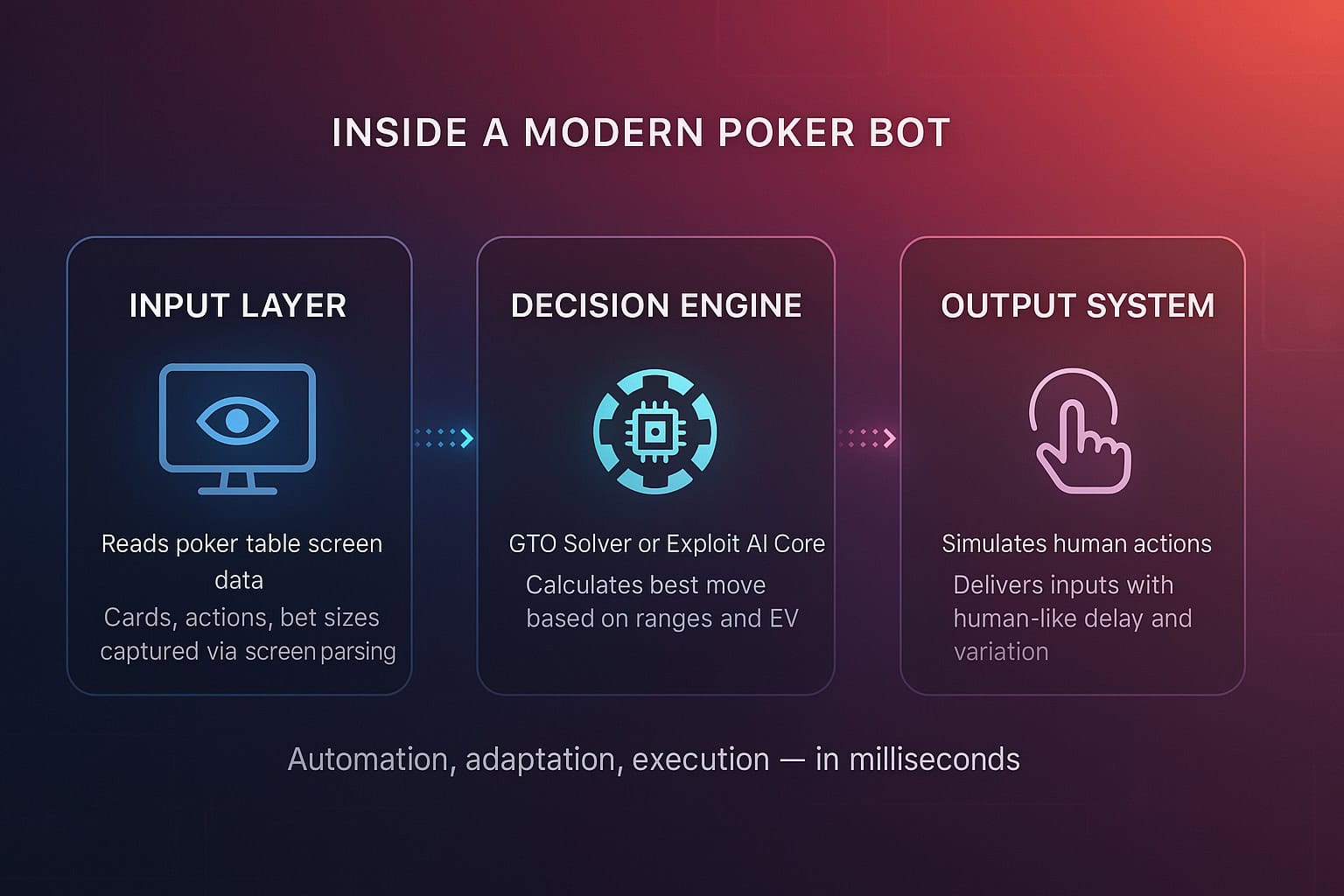
A serious bot setup today is more than a glorified autoclicker. Here’s what the core components often look like:
Decision Engine:
- Based on GTO solvers or exploitative models
- Can adjust based on game flow and player tendencies
- Trained with tools like Pluribus poker data, DeepStack AI, or even custom ranges
Input Layer:
- Captures table data (cards, actions, bet sizes) via screen-scraping or memory injection
- Often supported by bot software for buying online or custom scripts
Output System:
- Sends mouse and keyboard inputs to act as a “human” player
- Includes delay and randomness to mimic human timing
Some bots are controlled remotely or run in virtual machines—adding to the sense of passive operation.
How Players Chase Poker Bots Passive Income
Here are three major approaches people take when trying to create passive poker income with AI bots:
- Multi-account low-stakes grind
- Several bots playing $0.01/$0.02 or $0.05/$0.10 tables across multiple sites
- Focus: volume + low attention from security teams
- Staking or “bot leasing”
- Selling bot usage to others as a service
- Often disguised as training tools, “advisors,” or cloud-hosted coaching platforms
- Hybrid semi-manual setups
- Player starts session and switches between bot-assisted and manual play
- Common in tournaments where late-stage ICM spots are too complex
But there’s a reason none of this is openly discussed on major forums or Twitch.
Let’s Talk Legality (and Ethics)
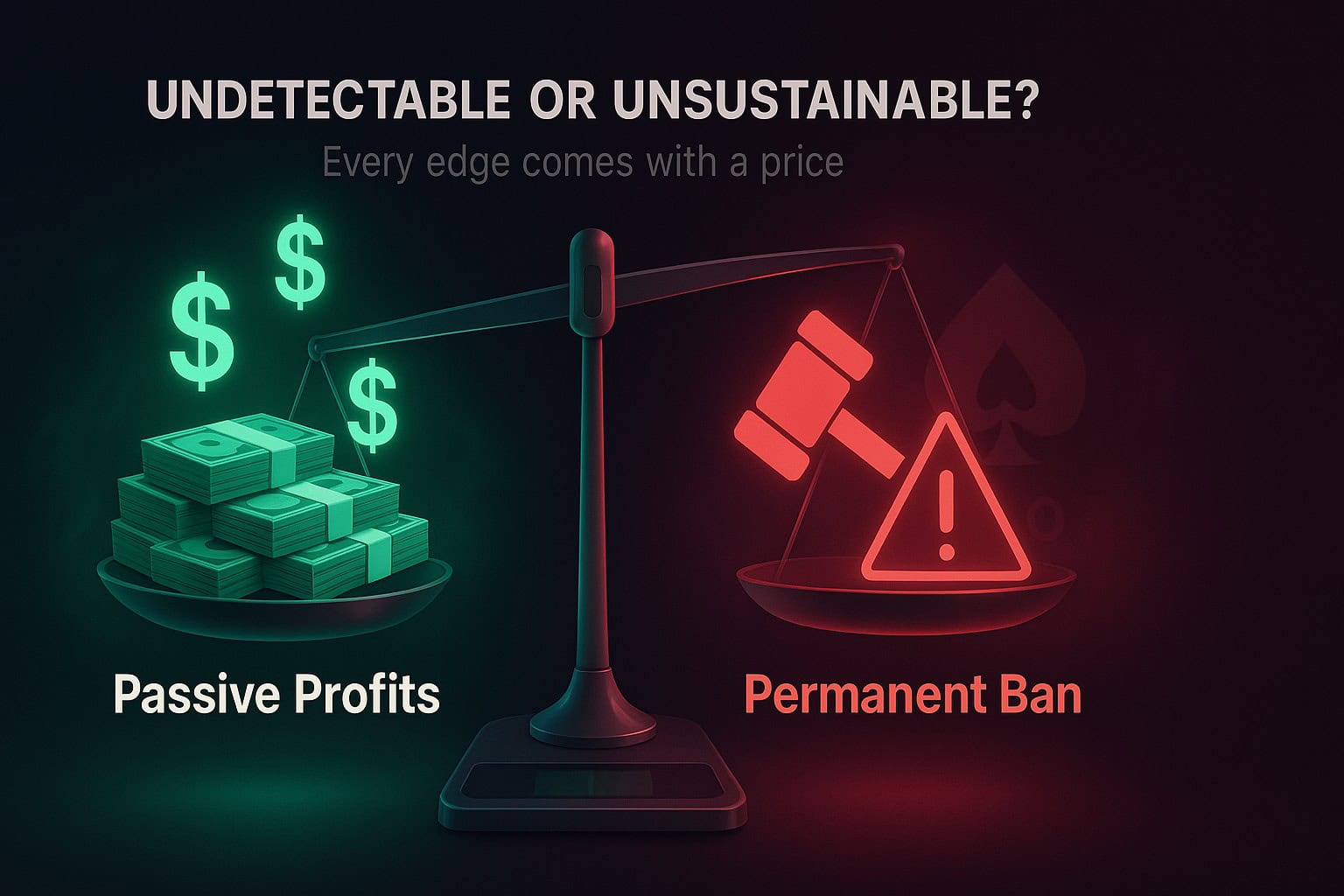
Most major poker sites (PokerStars, GGPoker, ACR, etc.) explicitly ban bots. This includes real-time decision-making tools and any software acting on your behalf.
Caught running a bot?
You risk:
- Permanent bans
- Confiscation of funds
- IP blacklisting
There are also broader ethical questions:
- Is this “cheating” if it’s undetectable?
- Are you exploiting weaker players unfairly?
- Is this sustainable—or parasitic?
Some players draw parallels with algorithmic trading—where bots dominate—but poker is zero-sum. Every dollar your bot wins, someone else loses.
That adds moral weight.
Poker Bots Passive Income: The Real Economics
Here’s the real kicker: most poker bots don’t make much money—and many lose.
Why?
- Sites are tougher than ever
- Detection systems are smarter
- Games are more solver-aware
- Bot-to-bot matchups often cancel out edges
Even successful setups usually:
- Require constant tuning
- Face diminishing returns
- Burn out accounts every few weeks
If you’re dreaming of 5-figure passive income, you’re far more likely to see $50–$300/month—if the bot is decent.
Red Flags in the Poker Bots Passive Income World
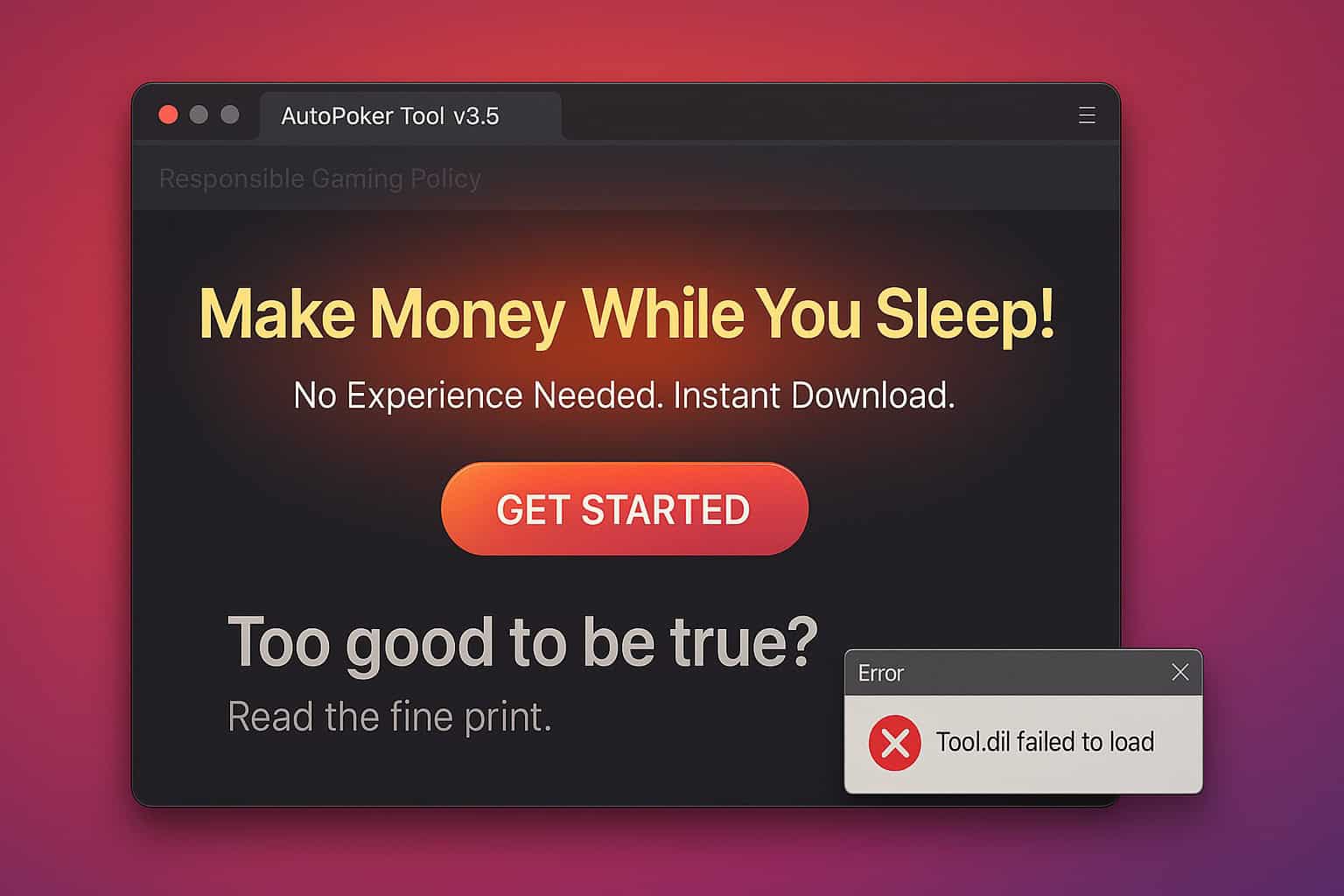
Thinking about buying a plug-and-play system or downloading a “guaranteed income” bot? Be careful.
Here’s what to watch out for:
| Warning Sign | Why It’s Bad |
| “Undetectable!” | No such thing. Detection tech evolves fast. |
| “No poker knowledge required” | You won’t understand or control the bot’s behavior. |
| “Fully automated with AI and ML” | Often vague marketing — no proof of quality. |
| “Just pay monthly and we host it for you” | Likely a scam or TOS violation funnel. |
Use common sense: if it were that easy, everyone would be doing it—and poker would be unplayable.
Ethical Alternative: Study with AI, Don’t Bot
Instead of chasing risky passive profits, you can use AI ethically to grow your real edge.
Try:
- AI trainers like Lucid or PokerAlfie
- Post-session solvers like GTO Wizard
- Playing against simulated opponents to test strategies
- Building your own GTO-based ranges and studying frequencies
These tools don’t violate terms. They make you smarter.
And long-term, they pay better than any underground bot farm.

Final Verdict: Is Poker Bots Passive Income Worth It?
Here’s the honest truth.
If your goal is to:
- Game the system
- Stay invisible
- Earn with zero effort
Then poker bots for passive income are risky, unreliable, and short-lived.
But if your goal is to:
- Understand how poker is evolving
- Study smarter with AI support
- Explore the frontier of strategy
Then yes—this space is fascinating.
But treat it as education, not automation.
As augmentation, not replacement.
Because in poker—like in life—nothing truly passive ever stays profitable for long.
